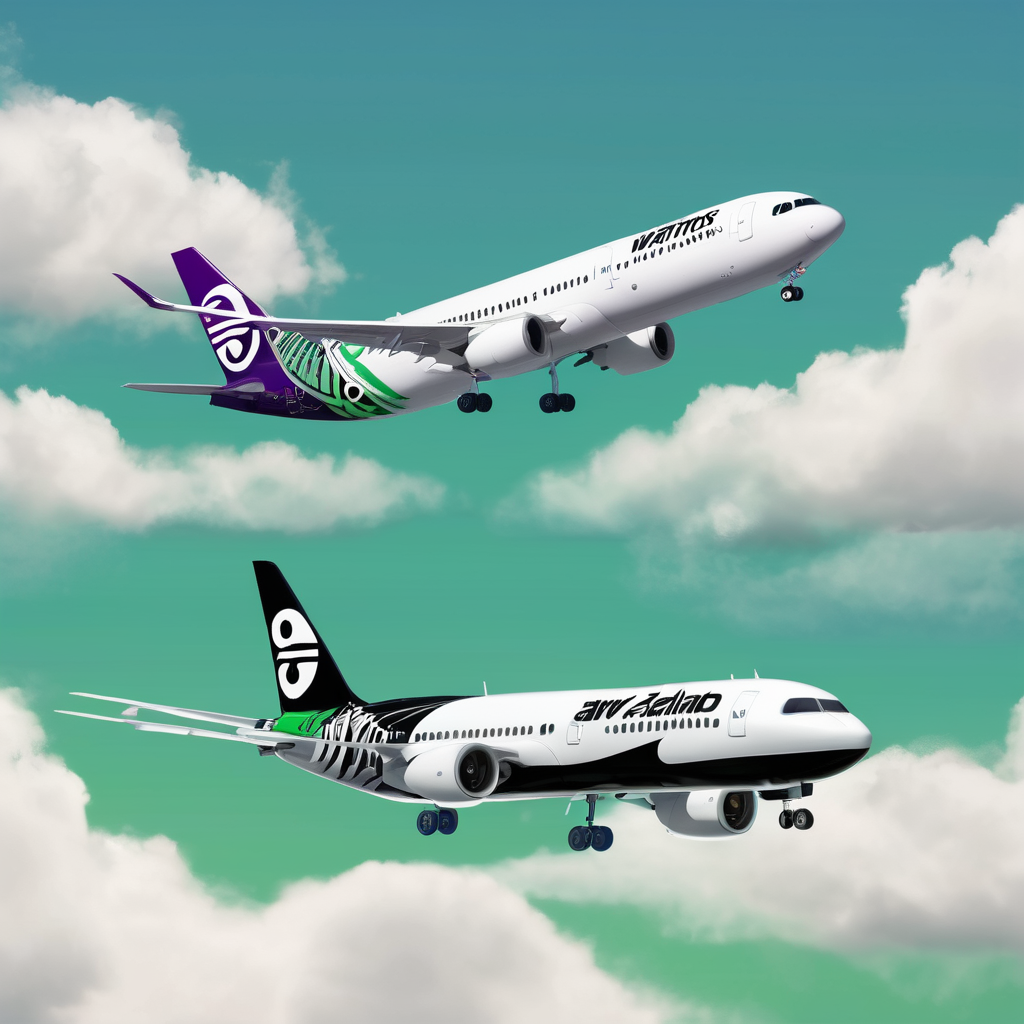Air New Zealand has entered into a collaborative agreement with Spanish charter airline Wamos Air to improve its flight services to the Pacific during the peak Christmas and Easter travel periods. This partnership will see Wamos Air operate select flights to popular destinations including Samoa, Fiji, Tahiti, Tokyo, and Bali, in response to challenges posed by ongoing engine supply issues that have affected Air New Zealand’s fleet.
Jeremy O’Brien, Air New Zealand’s Chief Commercial Officer, stated that this collaboration is a strategic effort aimed at boosting customer confidence amid heightened travel demand during the summer season. “This is a proactive measure we’ve taken to protect our customers’ journeys over the summer period. This partnership means we have some additional flexibility and resilience at a time when demand is at its peak,” O’Brien noted.
Air New Zealand is currently navigating through significant operational hurdles, with an anticipated 20 percent of its fleet—specifically 11 aircraft—expected to be grounded in the latter half of 2025 due to engine complications from suppliers Rolls-Royce and Pratt & Whitney. These issues have resulted in greater maintenance demands for the engines utilized across most of the airline’s aircraft.
To bridge the operational gap created by these challenges, Wamos Air will deploy an Airbus A330-300, which includes 31 lie-flat Business Premier seats, 48 Premium Economy seats, and 185 Economy seats, ensuring a comfortable travel experience for passengers.
This collaboration underscores Air New Zealand’s dedication to maintaining service reliability during peak travel times, while also reflecting broader trends within the aviation industry. Regional airlines such as Fiji Airways and Air Vanuatu are similarly adjusting their operations to meet changing demands, showcasing the resilience and adaptive strategies being employed to cater to customer needs as tourism continues to rebound.
The renewed emphasis on expanding air services and forging partnerships signals a positive outlook for the Pacific airline industry. As operators strive to improve connectivity and support tourism growth in the region, travelers can expect more options and enhanced assurance in their travel plans.
